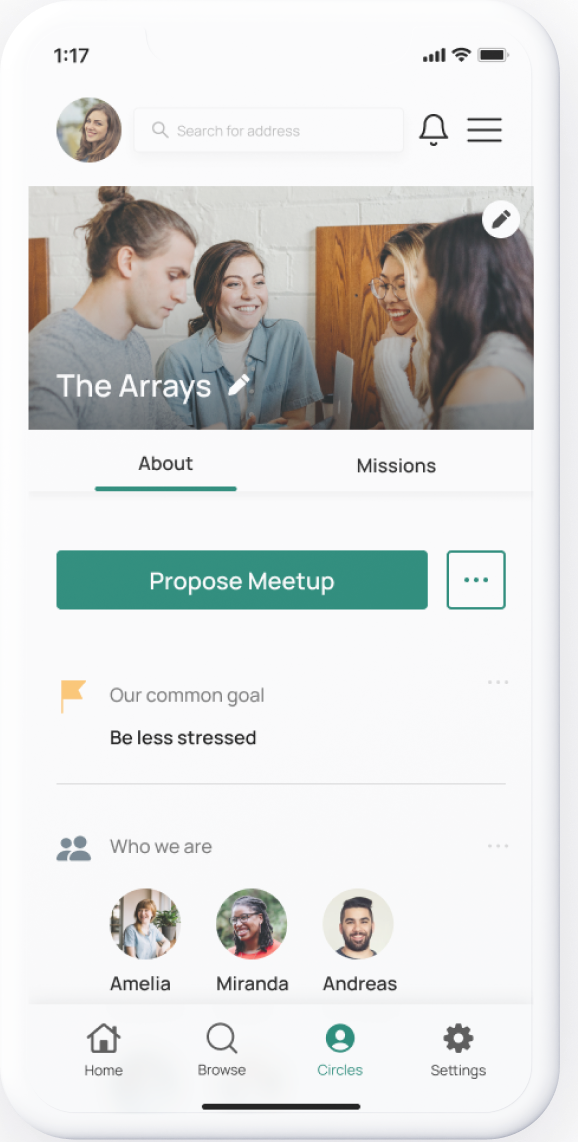Our process
The path that our team took to arrive at Circles
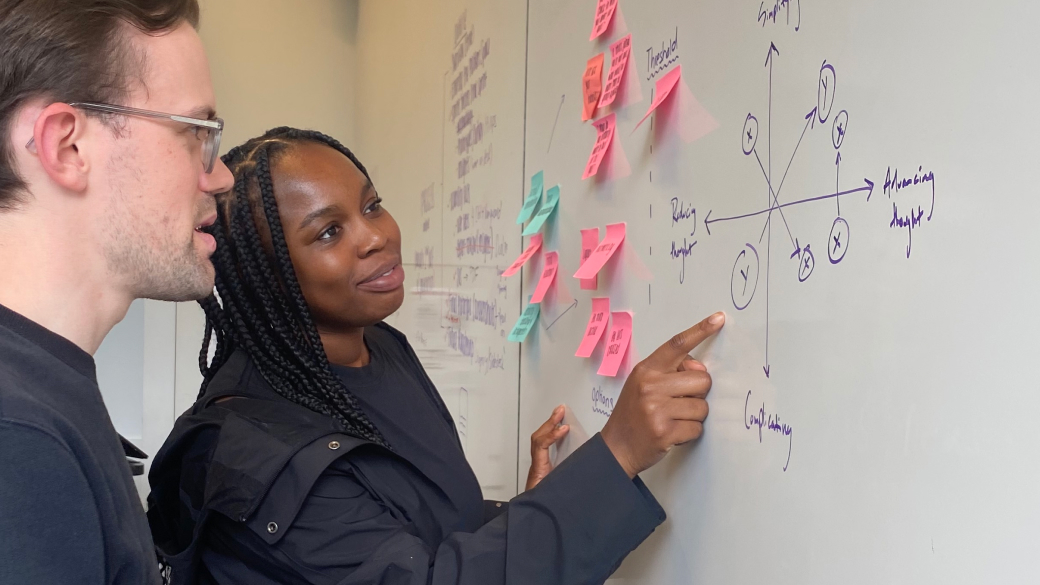
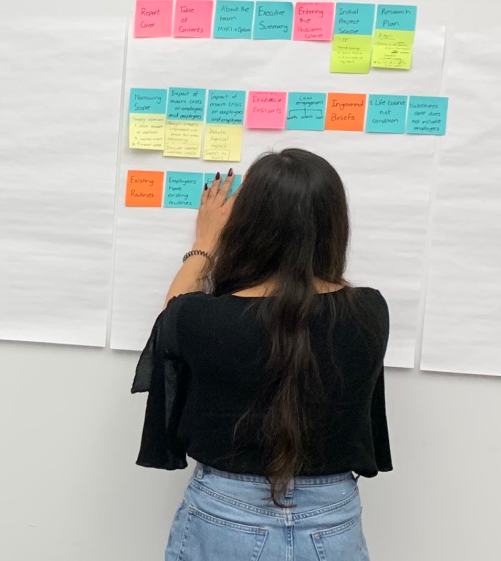
Entering the problem space
Our team’s original foundational research determined that social experiences with colleagues are one of the best drivers of engagement with employee-sponsored wellness resources. However, today this channel for driving engagement is underutilized. Wellness platforms are missing chances to use a social layer to meaningfully connect colleagues and drive interest in their resources.
We saw a major opportunity in front of us: building a new experience to help you find your people at work.
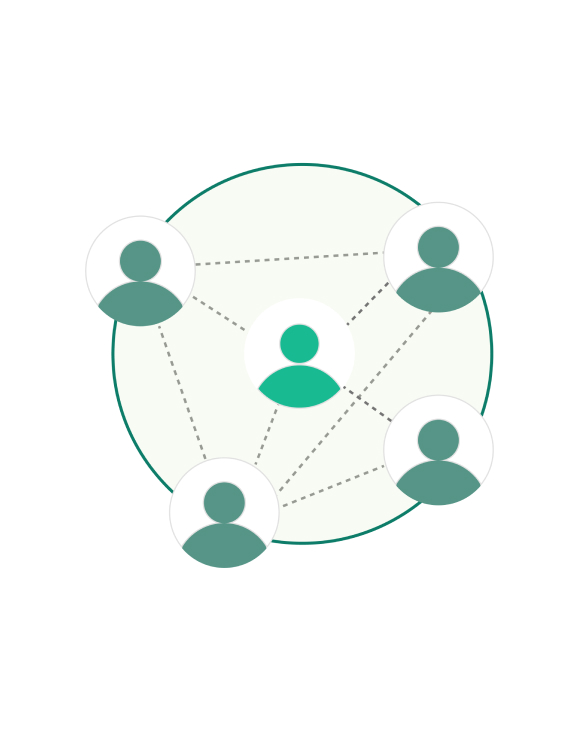
Learning in the field
Creating boundary objects and other prompts to accelerate our learning and maximize the value of conversations with target users.
Rapid prototyping
Moving quickly to give form to ideas, and then putting the results directly in front of real people.
Usability tests
Designing and executing a rapid study to find a statistically significant estimate of our prototype’s score on the System Usability Scale (SUS).
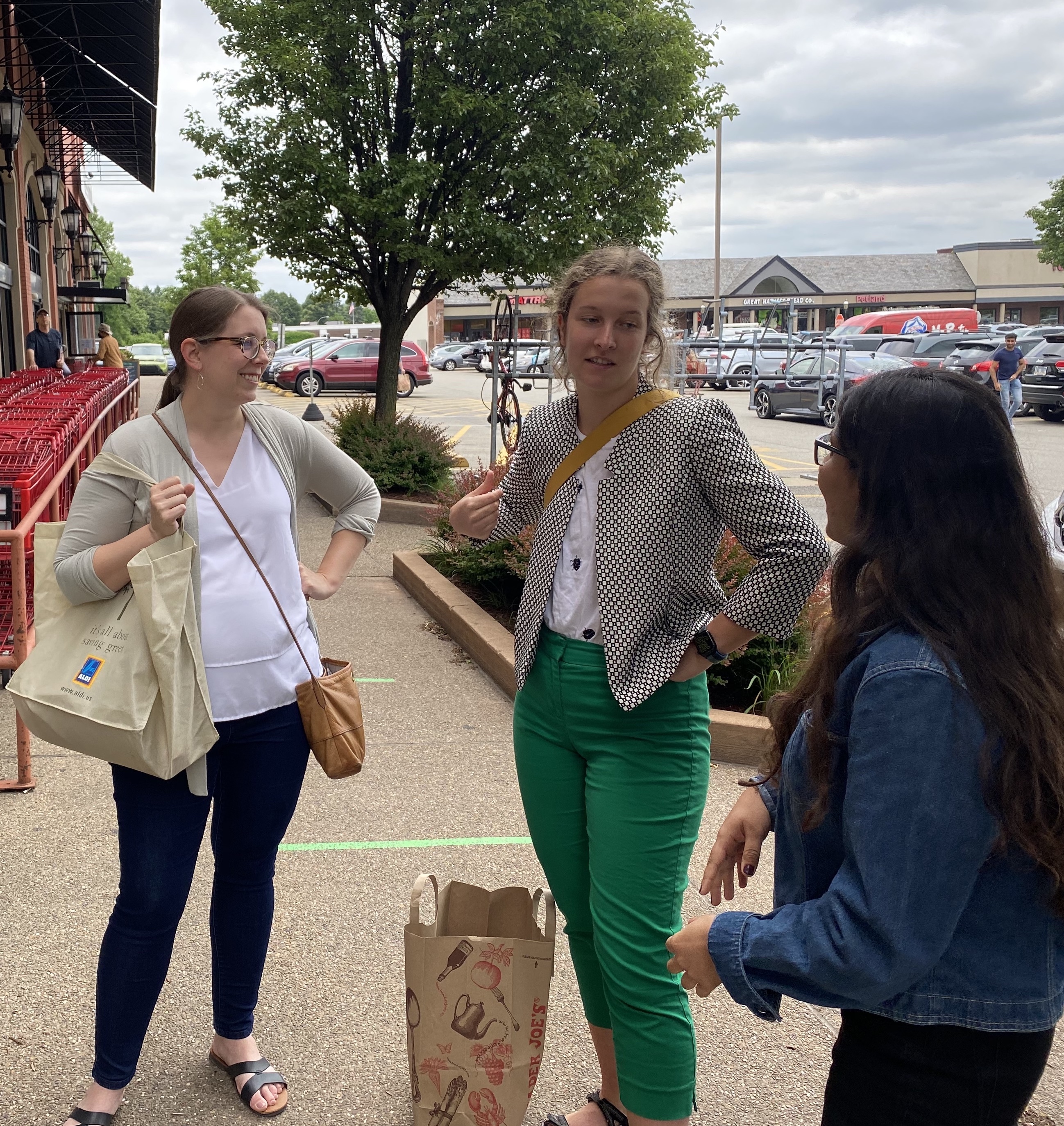
Learning in the field
After committing to this problem space, we moved quickly to build our understanding of the topic. We conducted semi-structured interviews and think-alouds to understand what people think of their wellness. From there, we conducted a survey and spoke to employees at large companies through a mix of man-on-the-street intercept interviews. These conversations helped us learn about the nature of social experiences at work, as well as how those are (and are not) helping people reduce their stress.
Tradition that helps people to live longer and thrive
To help us understand more about close relationships, we looked into support communities all over the world. One that helped inspire us is found in Okinawa. It is a tradition where friends nurture each other throughout their lifetime. Families put their young children, oftentimes around 5 years old, together into a group called a Moai. This roughly translates to “people meeting for a common purpose.”
As they grow up, they experience life together, share advice, encourage each other, provide financial support, help keep each other accountable spiritually, and more. Those found in Moais are reported to have some of the longest life expectancies in the world and their deep commitment to each other leads to friendship that can last upwards of 90 years.
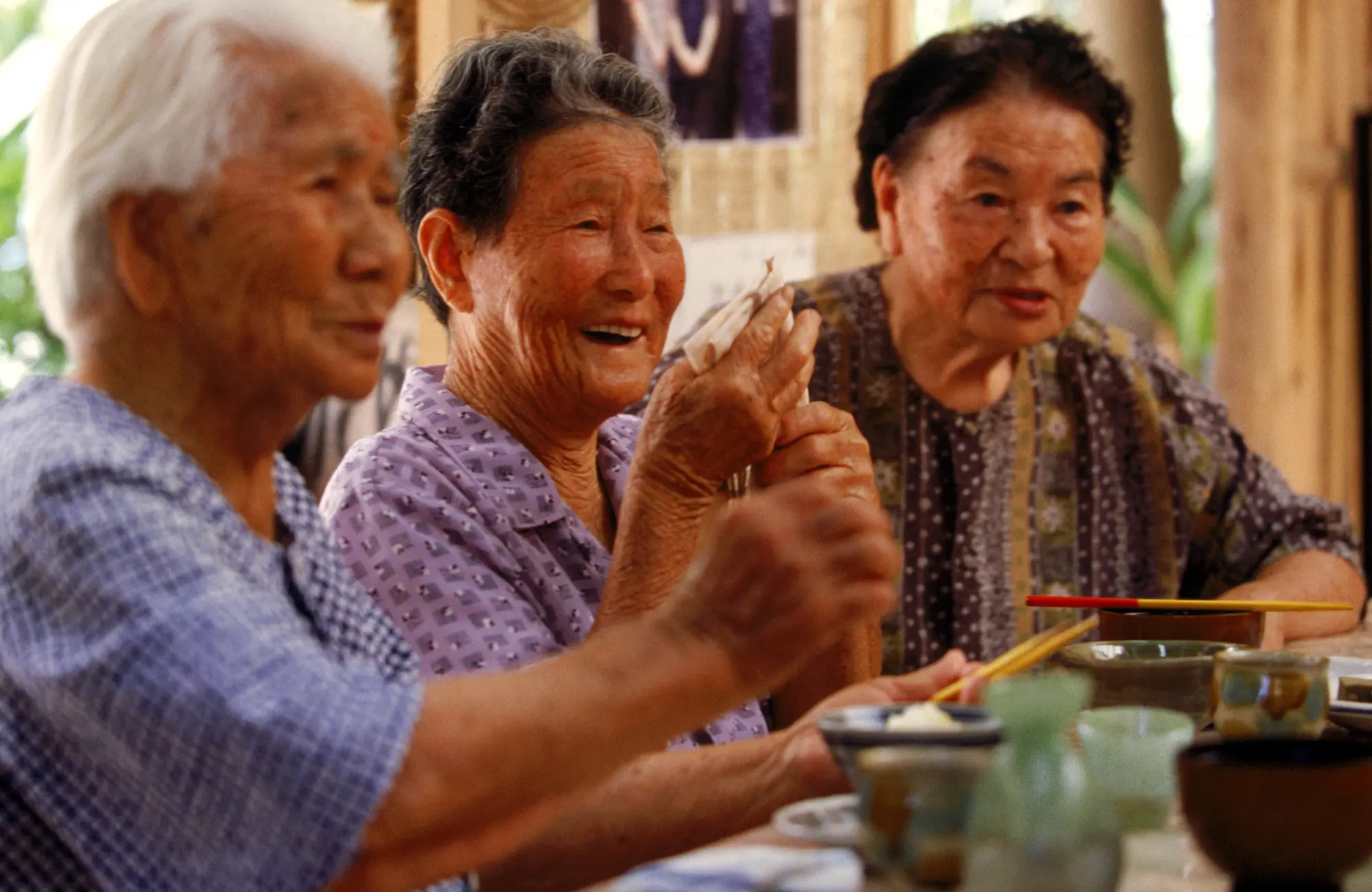
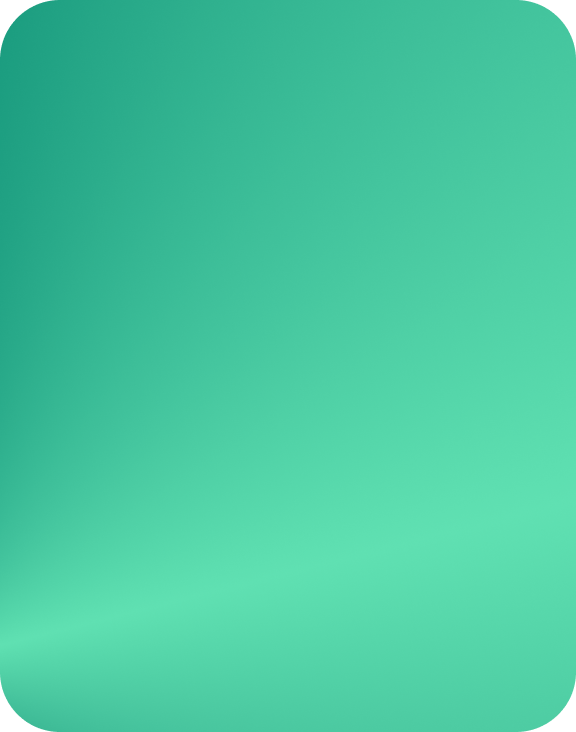
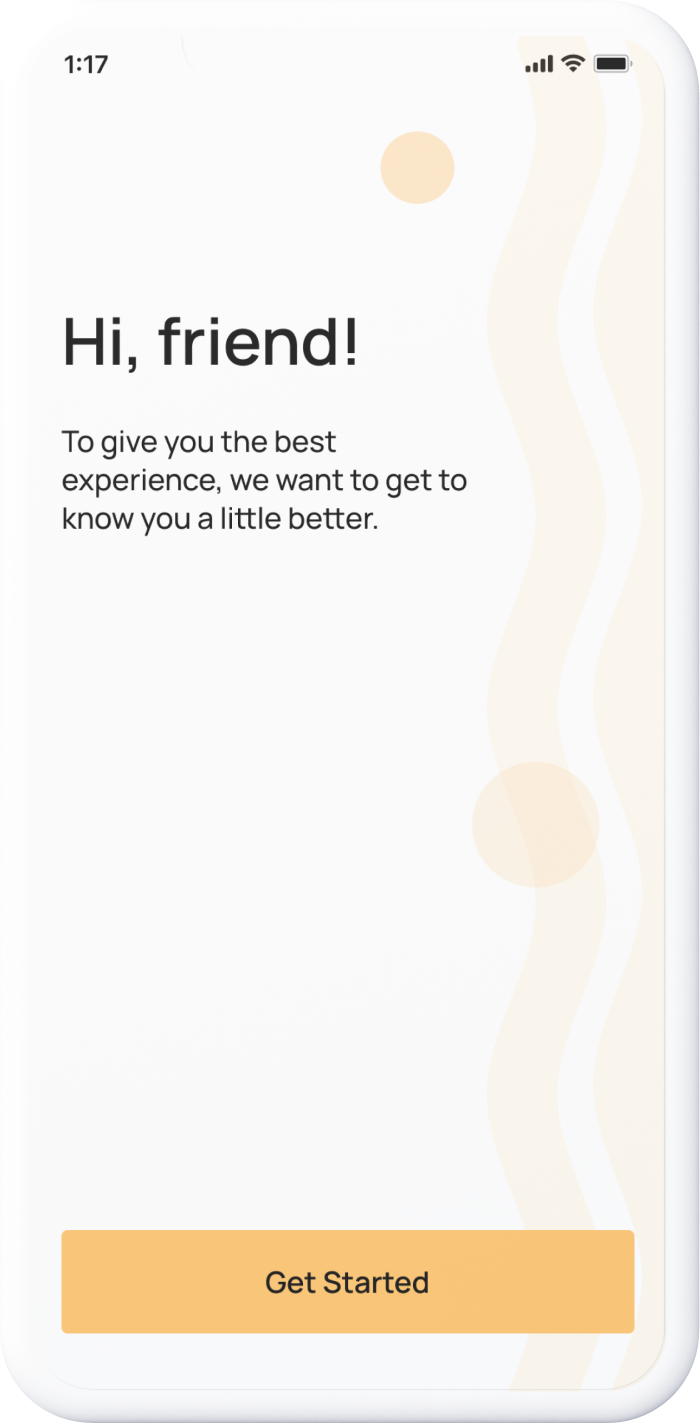
Rapid Prototyping
Based on what we found in the interviews and field research that we conducted, we discovered that finding a community to do common activities and reach goals together has the potential to not only drive engagement, but to help employees get support from each other.
Whether it is friend groups or work groups, five is commonly cited as the number of people that is best to fit in a group. Each person tends to feel connected and have links with each other that are easy to manage.
With this information, our team began to create rapid prototypes.
Insights behind the design
People first, activities second
Our research revealed that employees at large companies find it more valuable to discover a compatible group of peers than to discover a group focused specifically on one activity that they enjoy. The difference between a running group and a small group of people with shared goals is significant, and we were inspired to design for the latter.
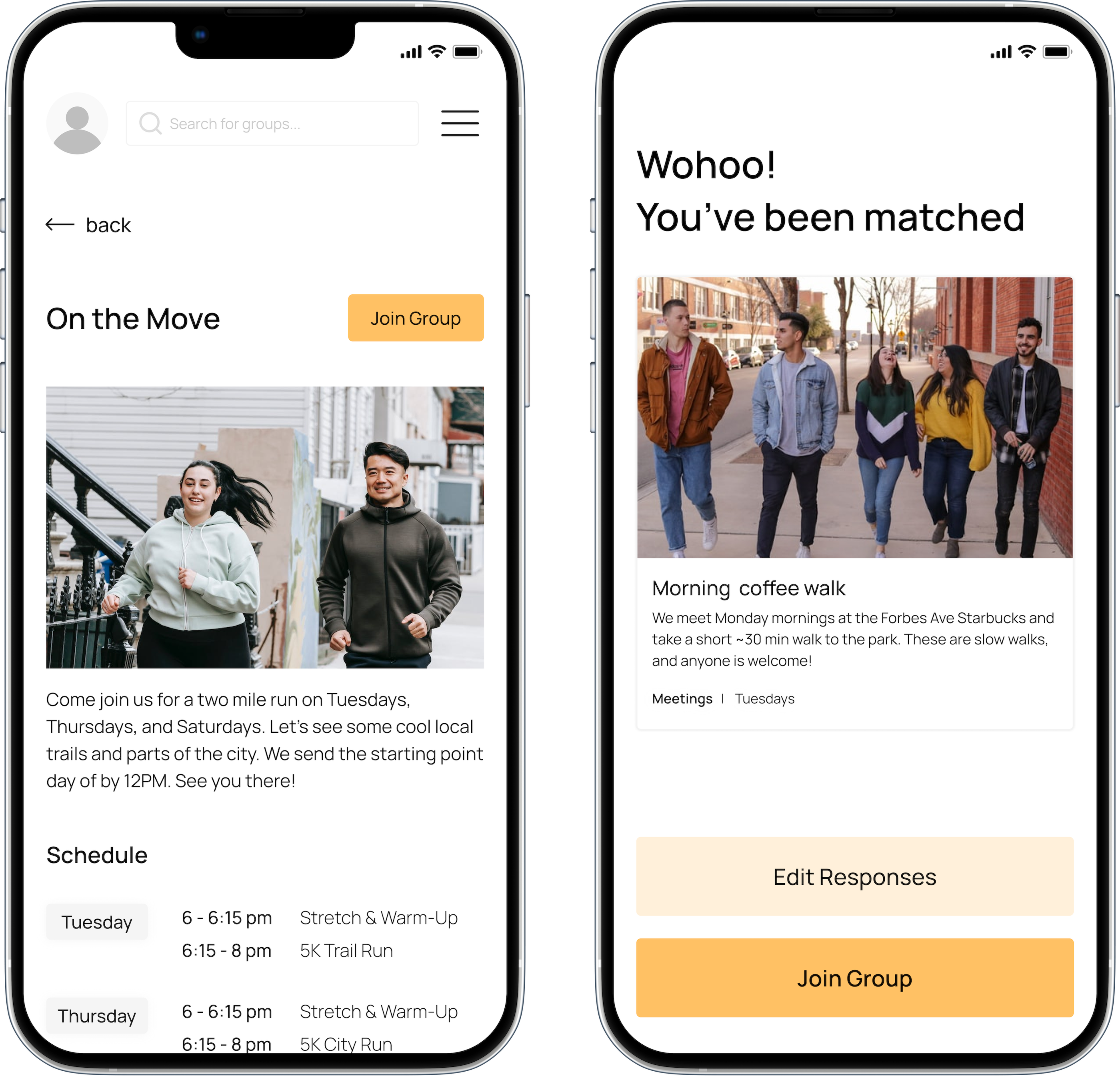
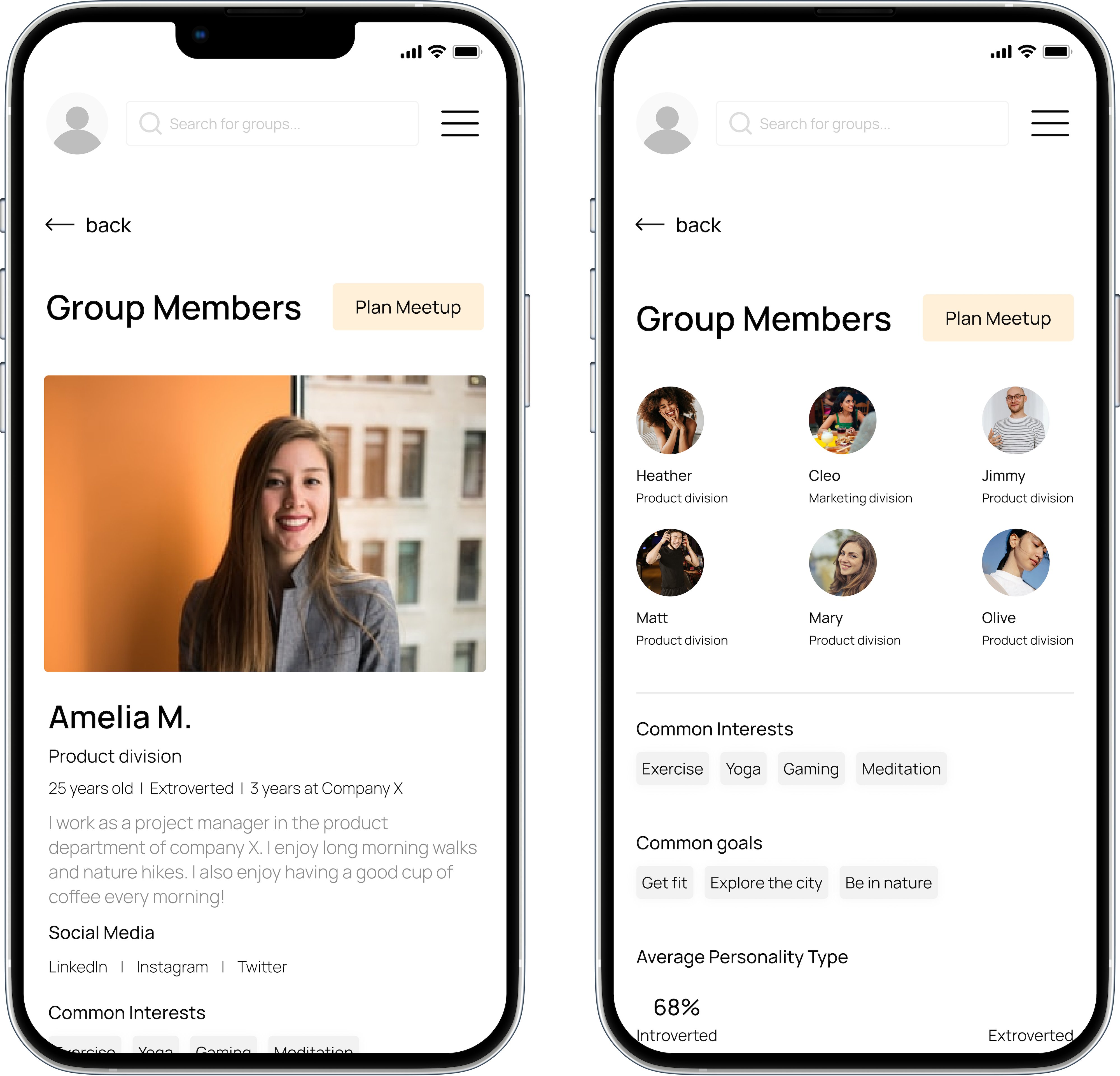
An aggregate view of shared identity
Rapid prototyping helped us learn about the factors that contribute to lasting group relationships at work, as well as what information people need to find those groups. It became clear that an aggregate view of the group’s traits was most important for selecting a Circle that will be a meaningful fit in the long-term.
Refining our prototype through live user tests
While building Circles, we moved fast and failed fast, but we always made time to test our ideas with real people. Testing with our target users — real employees at large companies — helped us to rapidly find and fix issues of usability, copy clarity, and information architecture.
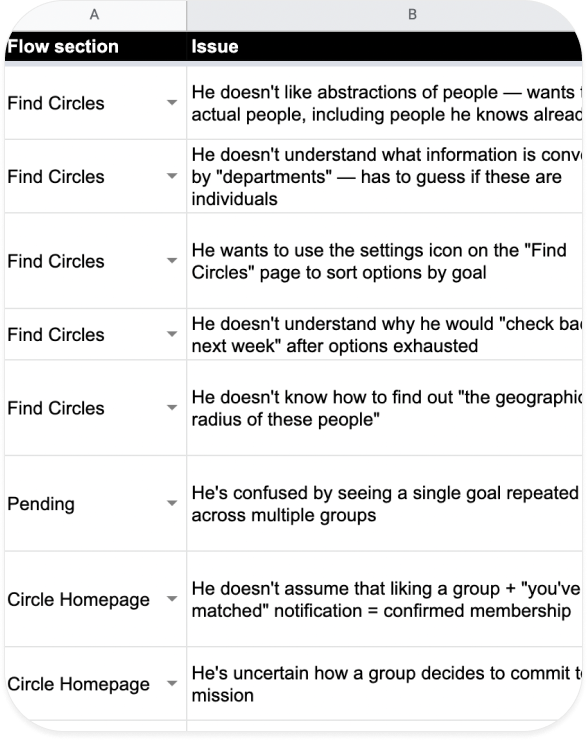
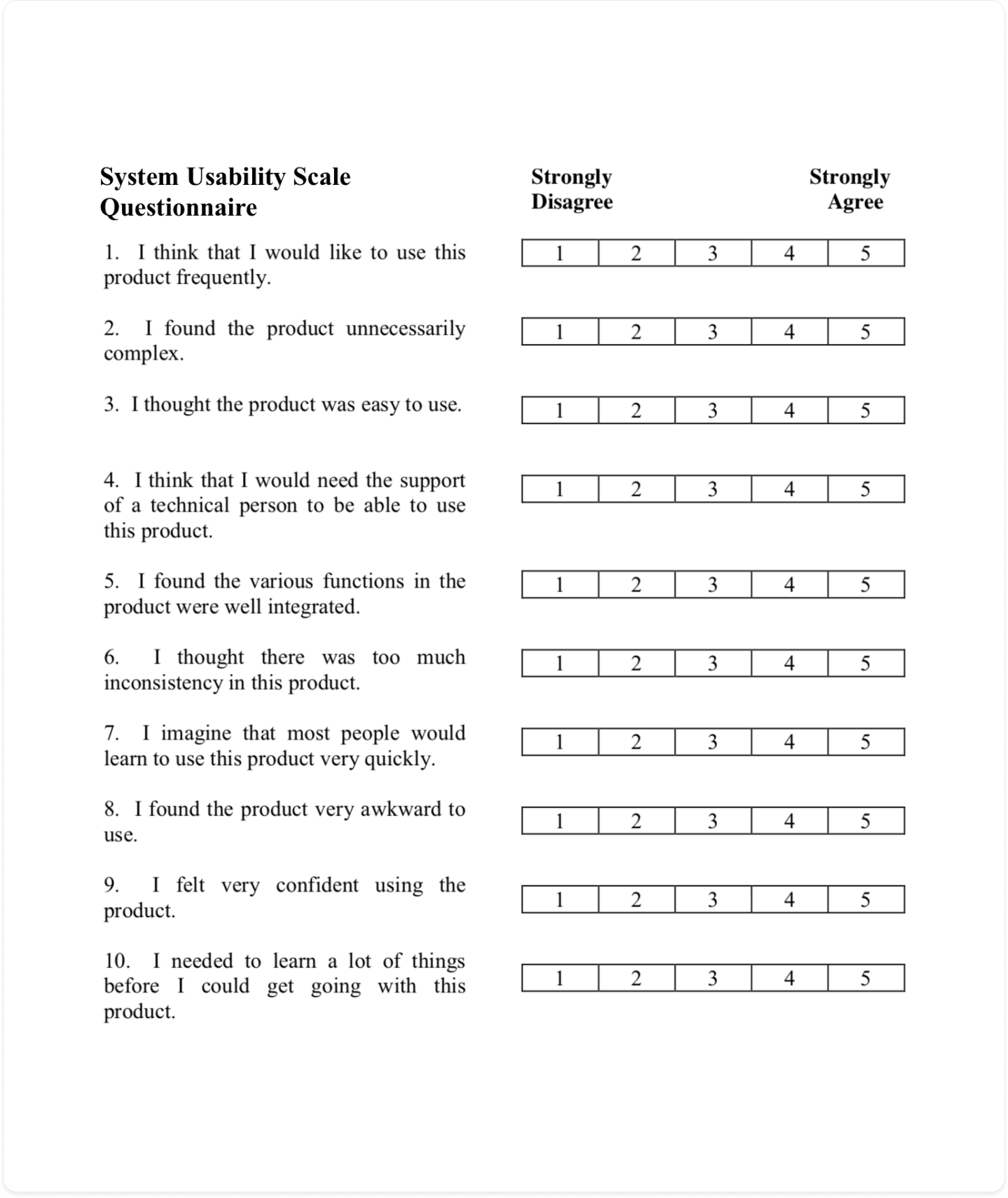
A design validated by rigorous evaluation
We’ve made usability a priority throughout our design process. Our team evaluated Circles v1 using the System Usability Scale (SUS), a long-running standard in usability evaluation, resulting in an “above average” score.
Read our report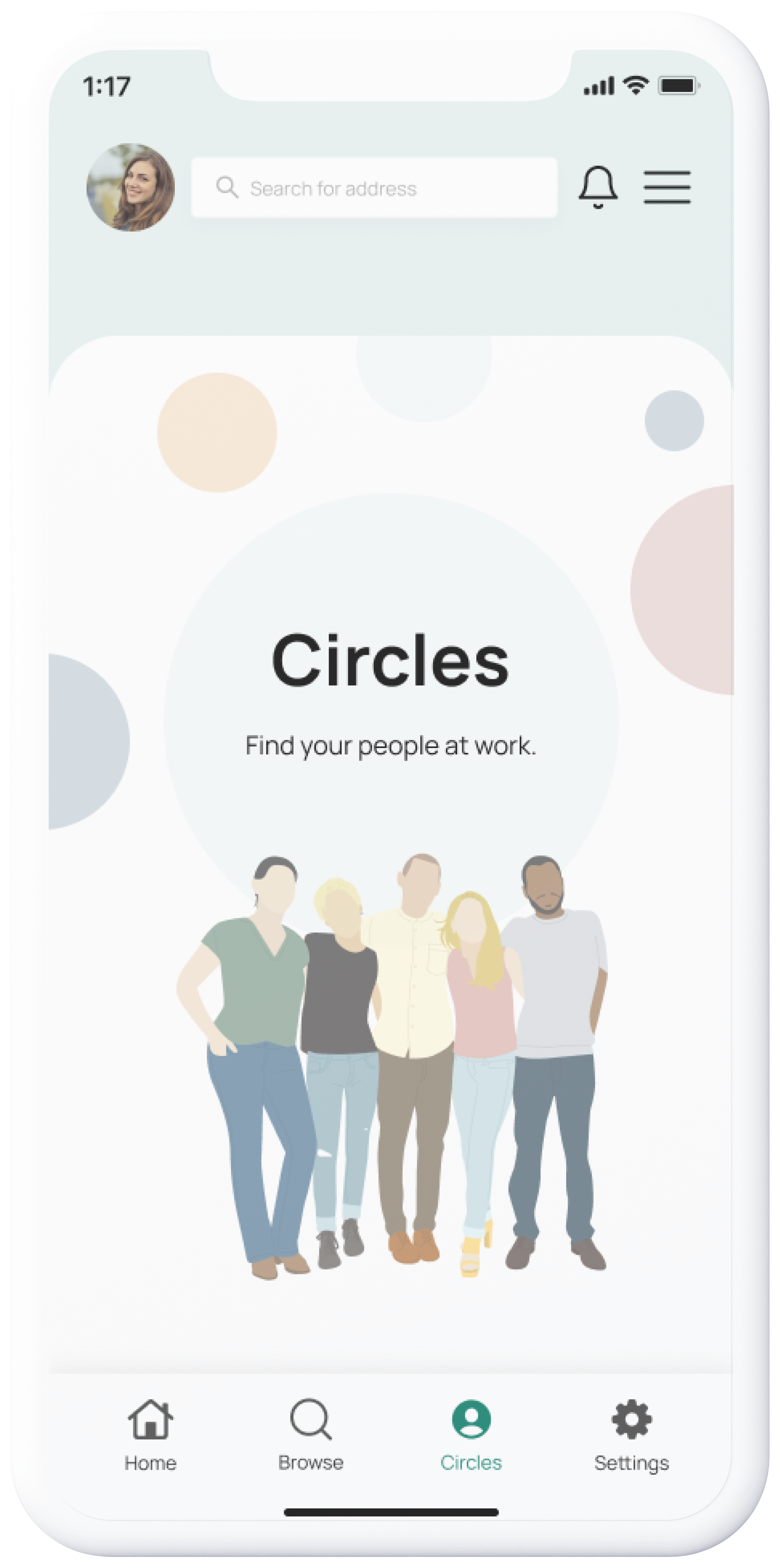
Introducing Circles
Welcome to Circles. A new tool that is integrated into your employer-sponsored wellness application that allows you to find your people at work.
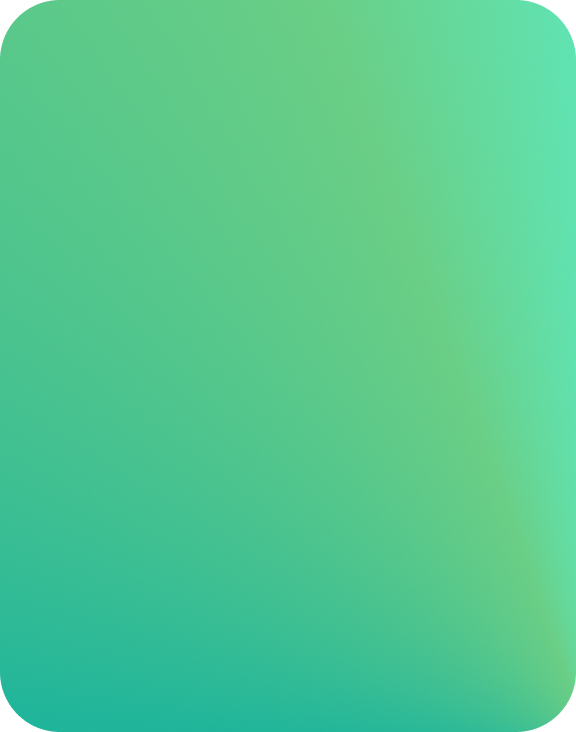
Easy onboarding
Thanks to data integration from the wellness app that Circles is integrated into, there's no need to ask too many questions about your activity. Circles' onboarding only asks five questions to get right to it.
Simply connect with others
Circles is designed so that it is simple and easy to understand. That means more time spent connecting with others and less time spent on navigating through our platform.
Meet new people
In large organizations, it can be hard to connect with others. Circles makes it easy to meet new people who have aligned goals and interests like you.
Hear from users like you
More features to look forward to in future versions
Hybrid meetups
Meet and check in with employees in different cities at the same company.
Simplified proposal process
Any and all meeting proposals will be confirmed and handled within Circles.
Calendar Integration
Allow for easier scheduling by seeing combined availability within the platform.

Requesting circle types
Request certain circle types like new parents, all women, and more.
Group rewards
Receive rewards and incentives as a group.

